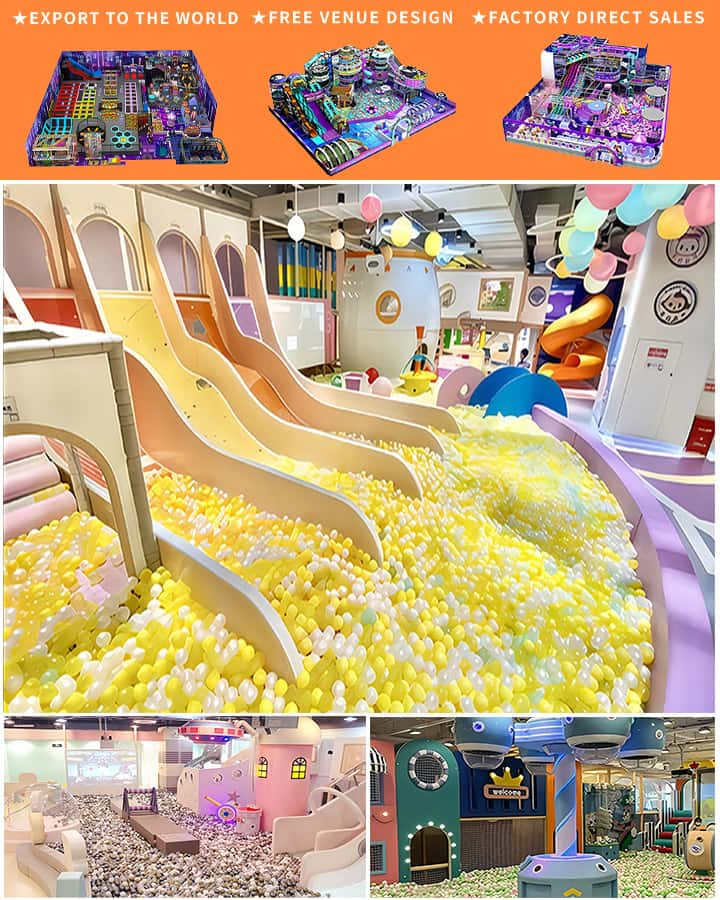In recent years, the concept of inclusive playground equipment has gained significant traction across Australia. With a growing understanding of the importance of accessibility and diversity, communities are increasingly recognizing the need to provide play spaces that cater to children of all abilities. This shift is not only about creating fun environments but also about fostering inclusivity and ensuring every child can enjoy the benefits of play.
Understanding Inclusive Playground Equipment
Inclusive playground equipment is designed to be accessible to all children, regardless of their physical abilities, ages, or developmental stages. These playgrounds feature a variety of equipment tailored to accommodate children with disabilities, including those who use wheelchairs, have sensory impairments, or experience other physical challenges. The goal is to create a safe, engaging, and welcoming environment where every child can participate, interact, and develop essential social and motor skills.
Key Features of Inclusive Playgrounds
- Accessible Entry and Exit Points: Ramps and gentle slopes replace traditional stairs, ensuring that children using mobility aids can easily access the playground.
- Adaptive Play Structures: Swings, slides, and climbing frames are modified to be usable by children with diverse needs. For example, swings with harnesses provide additional support for children with limited upper body strength or balance issues.

- Sensory-Stimulating Elements: Play areas incorporate tactile, auditory, and visual stimuli to engage children with sensory processing differences. Features like textured surfaces, musical instruments, and colorful designs stimulate different senses.
- Soft Surfacing: Safety is paramount, and soft, cushioned surfaces made from materials like rubberized mulch or artificial turf reduce the risk of injury from falls.
- Quiet Zones: Designated areas for calm and quiet activities help children who may be easily overwhelmed by noise or crowding.
Benefits for Children and Communities
The introduction of inclusive playground equipment offers numerous benefits, both for individual children and for the wider community. For children with disabilities, these playgrounds provide opportunities for physical activity, social interaction, and skill development that might otherwise be inaccessible. This inclusion fosters a sense of belonging and self-confidence, helping to combat feelings of isolation and exclusion.
For typically developing children, inclusive playgrounds offer educational opportunities. They learn to interact with peers who have different abilities, promoting empathy, understanding, and acceptance from an early age. This exposure helps break down societal barriers and prepares young minds for a more inclusive world.
Moreover, inclusive playgrounds strengthen community bonds. By providing a shared space where families and children of all abilities can come together, these playgrounds promote social cohesion and mutual support. Parents and caregivers gain valuable networking opportunities and emotional support, knowing they are not alone in facing the challenges associated with raising a child with special needs.
Government and Community Initiatives
Australia has made significant strides in promoting inclusive playgrounds through various government initiatives and community efforts. Local councils and state governments are increasingly investing in the design and construction of inclusive play spaces. Grants and funding programs are available to support these projects, ensuring that financial constraints do not hinder the development of accessible playgrounds.
Organizations such as Playgrounds for All work tirelessly to advocate for and support the creation of inclusive play spaces. Through collaboration with local communities, schools, and healthcare providers, these organizations ensure that the needs of children with disabilities are met effectively. Workshops, training programs, and resources are provided to educate stakeholders on the principles of inclusive design and best practices for implementation.
Moving Forward
While progress has been made, there is still work to be done to ensure that inclusive playground equipment becomes a standard rather than an exception in Australian communities. Continued advocacy, awareness-raising, and collaboration among all sectors of society are essential to achieving this goal.
By prioritizing inclusivity in playground design, Australia can create a brighter future where every child has the opportunity to play, learn, and thrive. Inclusive playgrounds stand as a testament to the belief that every child deserves equal opportunities to explore, discover, and develop to their fullest potential, regardless of their abilities.




